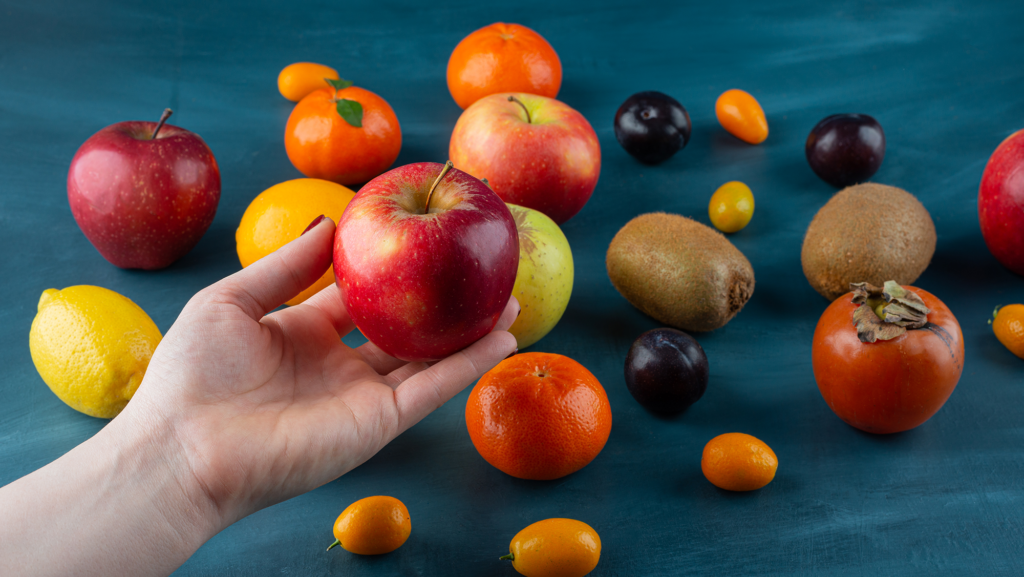Biting into a perfectly ripe, juicy peach or handful of plump berries delivers an amazing sweetness and satisfying crunch we just can’t find in underripe fruits. As produce reaches peak ripeness, more sugars build up alongside aromatic compounds for heightened flavors.
Preparing salads, salsas, and smoothies with ripe ingredients makes them way more appealing thanks to the intense tastes and pleasant mouthfeels. Even picky kids will devour their veggies when they taste this good.
Letting produce like bananas, avocados, and peaches finish ripening at home enables their last stages of beneficial development after picking. Though photosynthesis stops post-harvest, existing compounds transform into antioxidants and sugars as cell walls gradually break down, boosting both nutrition and sweetness.
Keeping ripe fruits at room temperature, not in the fridge, ensures more time for these important flavors and nutrients to reach their peak before enjoying them. It’s a win-win for both deliciousness and nourishment.
Figuring out perfectly ripe produce means tapping into all your senses. We need to inspect fruits and veggies visually, gently squeeze or touch them, and get a good whiff too. Produce keeps respiring post-harvest, so sights, textures, and smells evolve as time passes.
For immediate eating, choose all-yellow skins with a few brown spots. Bananas still hinting green will sweeten over a few days. And hurry to enjoy fully brown peels before they mush out.
Scrutinize those berry baskets. Fat, deeply-hued berries with unbroken skin are prime for picking. Inspect underneath too since crushed bottom berries can spoil the rest.
Select oranges, lemons, and grapefruits that feel somewhat soft and heavy, with smooth, bright peel. Brown spots signal overripe citrus past its prime.
A perfectly ripe melon is heavy and ejects a sweet, fruity scent near the stem. Ripe cantaloupe develops tan, wrinkled skin while honeydew transforms from greenish-white to creamy yellow. Listen for a hollow thump when tapping watermelons– that’s the sweet spot.
Ideal peaches give just slightly when squeezed gently. Their vibrant skins should be fuzz-free and sweet-smelling. Avoid any with splits, mold, or dark bruises.
Ripe pears yield a bit near the stem when pressed. Their coloration varies but should lack blemishes. A floral scent screams ripe pear. Hard pears with no fragrance are still too underripe.
Judge squash ripeness by a firm, glossy rind, and sturdy stem. Both signal fresher produce. Ripe squash feels heavy for their size too.
Ripened tomatoes win for best texture and taste. Select even-colored, plump orbs without wrinkles or cracks that smell earthy-sweet and are not squishy.
Sell-by stamps can’t replace inspecting produce yourself, but they offer helpful clues on ripeness without excessive handling. Fruits and veggies past their sell-by date might risk subpar freshness and taste compared to newly stocked ones. So weigh the visual and touch tests along with those sell-by dates when trying to pick perfectly ripe produce. The combo gives us better-informed choices.
Don’t shy away from tapping helpful grocery clerks either when trying to identify perfectly ripe fruits and veggies. Their everyday exposure makes them experts on ripeness signs for tomatoes, melons, and more. Discuss planned uses too so they suggest optimal ripeness for fruit salads now or peaches/plums that’ll sweeten more for smoothies later. Whether needing pears guaranteed ripe for tonight or wanting future-ripe picks, these produce pros have the know-how to steer us to the best selections.
Special handling preserves ripe produce’s quality longer after bringing it home. Refrigeration prolongs crispy texture and delays oversoftening through slowed enzyme activity. But sensitive items like tomatoes and stone fruit lose signature sweetness and juice in the chiller. Store those at room temperature for maximum flavor.
We can also prevent moisture loss and spoilage in melon, berries, and more by tightly overwrapping cut pieces or transferring extras into airtight containers. When preparing ripe produce, gentle handling and careful cuts prevent unintended damage that quickens decay too.
Ripe produce needs minimal adornment letting its natural sugars and vibrancy shine. A fresh peach just needs a lime squeeze to enhance its sweetness.
Toss ripe tomatoes in basil vinaigrette for a speedy Caprese salad. Blend perfectly ripe pears and berries into decadent fruit sorbet. For a simple but truly flavorful side, sauté summer squash and zucchini coins in olive oil and garden herbs.
